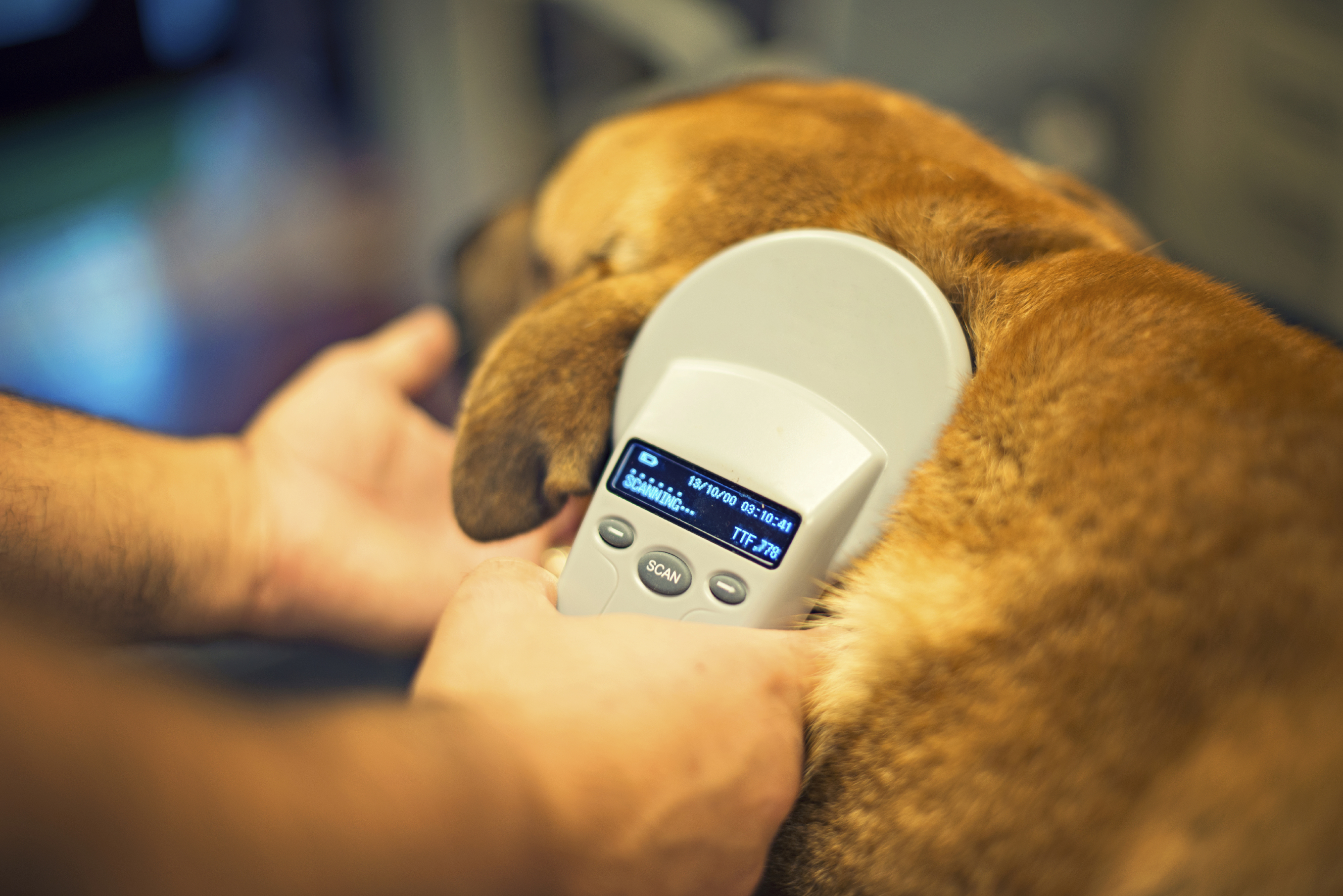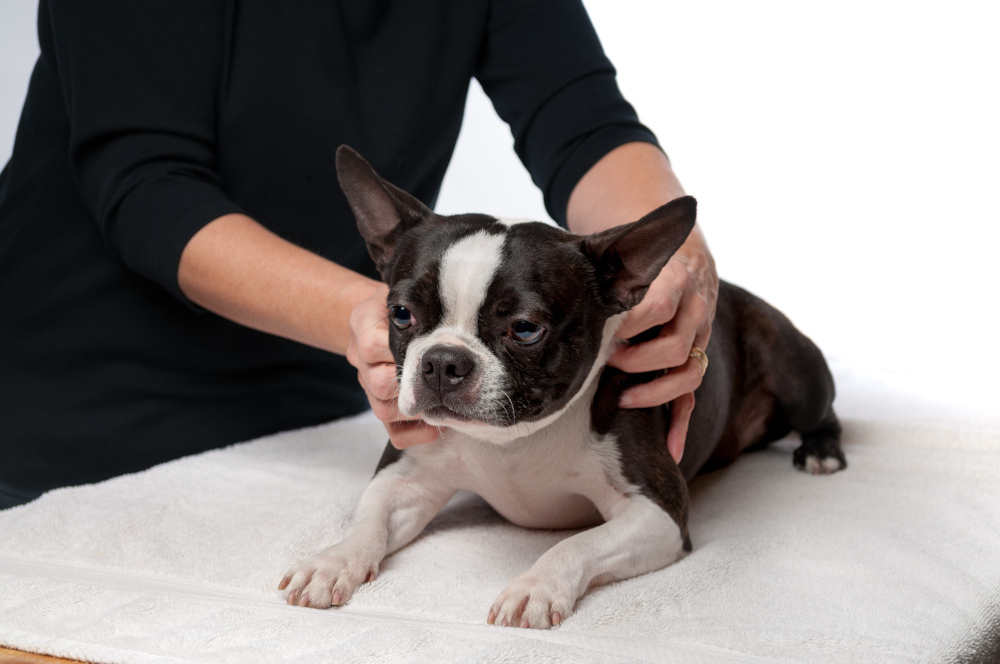Pet Microchipping: Using Technology To Bring Your Pet Home
 Becoming separated from a beloved pet is a scary thought for responsible pet owners everywhere. Most of us do whatever we can to prevent our pets from becoming lost; leashed walks, fenced-in yards, keeping pets indoors, the list goes on. But despite our best efforts, accidents can and do happen, and even the best behaved pet can wind up missing.
Becoming separated from a beloved pet is a scary thought for responsible pet owners everywhere. Most of us do whatever we can to prevent our pets from becoming lost; leashed walks, fenced-in yards, keeping pets indoors, the list goes on. But despite our best efforts, accidents can and do happen, and even the best behaved pet can wind up missing.
Having your pet microchipped may be the best way to increase the odds of being reunited with your pet, should he or she become lost.
The Importance Of Pet Microchipping
An estimated 8 million companion animals find themselves in shelters each year, many of which have escaped from a loving home. Of these lost animals, less than 30% of dogs and 5% of cats are ever reunited with their families.
Microchipping becomes especially important for animals who don’t always wear collars, or whose collars become lost during their time away from you. Having a microchip implant may mean the difference between being reunited with your pet or never seeing your pet again.
How Microchips Work
A microchip is essentially a tiny computer chip. Roughly the size of a grain of rice, the microchip is implanted in between your pet’s shoulder blades via a hypodermic needle. The procedure only takes a few moments, is no more painful than a standard vaccination, and can be performed right here at our facility.
In the event your pet is lost and brought to an animal shelter or veterinary hospital, your pet’s microchip will be scanned with a microchip scanner. Your stored contact information is then displayed across the scanner’s screen, allowing them to notify you that your pet has been found and where it is beind held.
Are Microchips Safe?
A microchip implant will not harm your pet. Microchips are:
- Hypoallergenic – The chip is encapsulated in non-toxic, biocompatible material that won’t cause an allergic reaction.
- Non-reactive – Because microchips don’t contain an internal power source, they lie inert inside your pet’s body until scanned by a shelter worker or veterinary hospital employee. Once they are scanned, the chips transmit their stored information to the scanner via radio waves. There is no radiation or any other type of damaging energy emitted from a microchip.
- Private – Microchips do not utilize GPS technology, so your pet’s whereabouts (and yours) can’t be tracked.
Register, Register, Register!
A microchip is only as good as the information it contains. The microchip number needs to be registered with the microchip company at the time your pet gets “chipped”, and your contact information for that microchip must be kept current at all times. This can easily be done online or by filling out the paperwork that comes with the microchip and mailing it in.
In a 2009 study done by the Journal of the American Veterinary Medical Association, it was discovered that only 58.1 percent of microchipped animals that wound up in shelters were registered with the microchip’s database. By registering your current contact information, and updating it any time it changes, you are greatly boosting your chances that your lost pet will be coming back home to you.
Since a microchip is a computer chip, it is possible over time that it could develop an error and stop working. Although this is uncommon, it’s still a good idea to have your pet’s chip periodically scanned to make sure it is functioning properly and doing its job. We routinely scan microchips for this purpose and will be happy to check your pet’s chip the next time you stop by.
If you have any questions about microchip implants or are ready to take the plunge, please contact us at Lone Tree Veterinary Medical Center.



